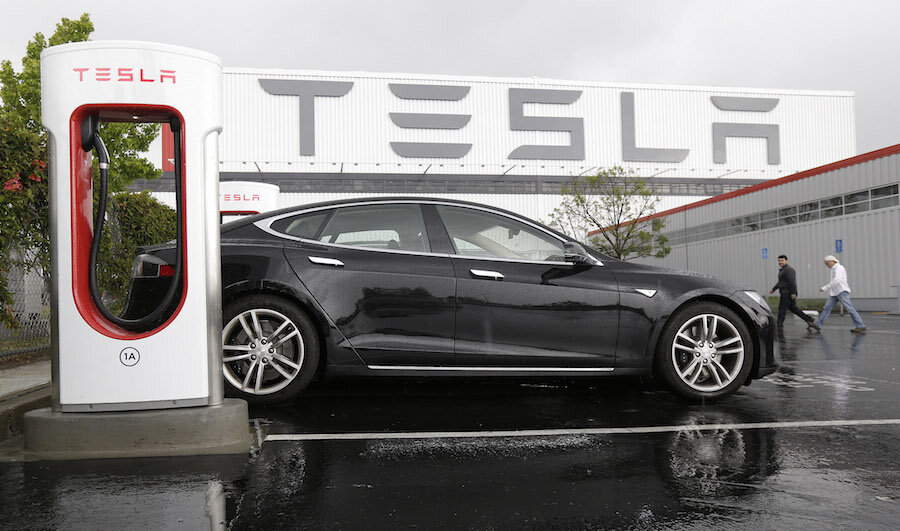US fuel economy has not improved much since 1923
Loading...
The average fuel economy of new cars and trucks sold in the U.S. today is the subject of intense regulation, but what about over a much longer period of time?
Has the efficiency of cars on U.S. roads improved dramatically since the early days of the automobile?
Fuel economy first became a major public concern for both political and environmental reasons in the 1970s; now carmakers are bound by regulations mandating regular increases in efficiency.
Researchers at the University of Michigan Transportation Research Institute (UMTRI) sought to chart exactly how much of a difference those efforts made after many decades of total indifference toward efficiency.
Authored by Michael Sivak and Brandon Schoettle, a new UMTRI report tracks fuel economy all the way from 1923 to 2013.
Because reliable, official economy figures obviously weren't available for all years, the researchers used data on miles traveled and fuel consumed to determine average fuel usage.
Overall, 2013 fuel economy was found to be higher than in 1923--but not by too much.
The study shows that fuel economy had decreased over 50 years, from 14.0 mpg in 1923 to 11.9 mpg in 1973.
Between 1923 and 1935, average fuel economy remained approximately the same--but then between 1936 and 1973, it gradually fell.
It then increased dramatically beginning in 1974, reaching 16.9 mpg in 1991.
Researchers attribute this to a consumer push for greater fuel economy in the wake of the 1973 Arab oil embargo--and the new regulations inspired by the hitherto unimaginable idea that gasoline might not be unlimited and cheap forever.
The first Corporate Average Fuel Economy (CAFE) standards for cars were enacted in 1975, and applied to vehicles beginning with the 1978 model year.
From there, improvements were relatively small. The fleet average for the 250 million vehicles in the U.S. in 2013 was estimated at 17.6 mpg.
That means while average fuel economy improved roughly 2.4 percent year to year between 1973 and 1991, it only increased 0.8 percent per year between 1991 and 2013.
Charting fuel-economy spikes and declines over the long term can provide useful perspective, since it takes time for efficiency improvements to proliferate.
The newest and most fuel-efficient cars only make up a fraction of the vehicles on U.S. roads.
The 16.5 million light-duty cars and trucks sold in the U.S. account for just 6.5 percent of the 252.7 million currently in use, according to research firm IHS Automotive.
The average age of a car on U.S. roads is now 11.5 years--a record high--meaning that older and less-efficient vehicles last longer before they're replaced.







